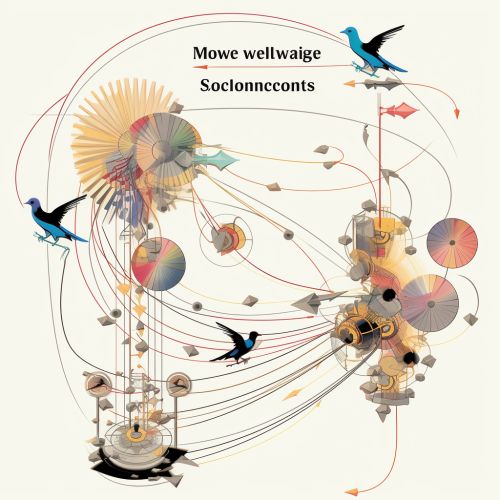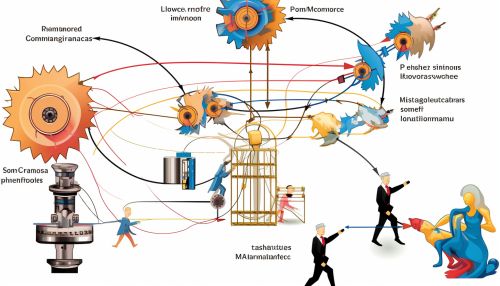Cognitive Mechanisms of Cognitive and Motor Coordination
Introduction
Cognitive and motor coordination refers to the integration of mental processes and physical movement. This involves a complex interplay between various cognitive mechanisms, including perception, attention, memory, and executive functions, and motor systems that control voluntary movement. The study of these mechanisms is crucial in understanding human behavior and has applications in a range of fields, including neuroscience, psychology, physiology, and rehabilitation.


Cognitive Mechanisms
Cognitive mechanisms are mental processes that enable us to perceive, think, remember, and learn. They play a crucial role in cognitive and motor coordination, as they allow us to process sensory information, plan and execute actions, and adapt to changing environments.
Perception
Perception is the process by which we interpret sensory information from our environment. It involves the recognition and interpretation of sensory stimuli based on the interaction of the stimuli with our sensory receptors. In the context of cognitive and motor coordination, perception allows us to accurately interpret sensory information to guide our movements.
Attention
Attention is the cognitive process of selectively concentrating on one aspect of the environment while ignoring other things. Attention is crucial for cognitive and motor coordination as it allows us to focus on relevant sensory information and ignore irrelevant distractions. This selective focus enhances our ability to perform tasks that require precise motor control.
Memory
Memory is the cognitive mechanism that allows us to store, retain, and recall information. It plays a crucial role in cognitive and motor coordination, as it enables us to learn from past experiences and use this information to guide our future actions.
Executive Functions
Executive functions are a set of cognitive processes that are necessary for the cognitive control of behavior. They include processes such as planning, problem-solving, and working memory. Executive functions are crucial for cognitive and motor coordination as they allow us to plan and execute complex motor tasks.
Motor Systems
Motor systems are the physiological structures that enable movement. They include the motor cortex, basal ganglia, cerebellum, and spinal cord. These structures work together to control voluntary movement, with each playing a unique role in the coordination of cognitive and motor processes.
Motor Cortex
The motor cortex is the region of the cerebral cortex involved in the planning, control, and execution of voluntary movements. It receives information from various areas of the brain and uses this information to generate motor commands.
Basal Ganglia
The basal ganglia are a group of subcortical structures involved in the control of voluntary motor movements, procedural learning, and habit formation. They play a crucial role in the initiation and control of movements.
Cerebellum
The cerebellum is a region of the brain that plays an important role in motor control. It is involved in the coordination and timing of movements, as well as motor learning.
Spinal Cord
The spinal cord is the main pathway for information connecting the brain and peripheral nervous system. It plays a crucial role in the transmission of motor commands from the brain to the muscles.
Cognitive and Motor Coordination
Cognitive and motor coordination involves the integration of cognitive mechanisms and motor systems to enable smooth, coordinated movement. This process is crucial for performing a wide range of tasks, from simple actions like reaching for an object to complex activities like playing a musical instrument or participating in a sport.


Applications
Understanding the cognitive mechanisms of cognitive and motor coordination has a wide range of applications. It can inform the development of interventions for individuals with motor disorders, enhance performance in sports and music, and contribute to the design of more effective human-machine interfaces.
Rehabilitation
In rehabilitation, knowledge of cognitive and motor coordination can be used to develop interventions for individuals with motor disorders, such as stroke or Parkinson's disease. These interventions can help improve motor function and quality of life.
Sports and Music
In sports and music, understanding cognitive and motor coordination can help enhance performance. For example, training programs can be designed to improve athletes' or musicians' attention, perception, memory, and executive functions, thereby improving their motor skills.
Human-Machine Interfaces
In the field of human-machine interfaces, knowledge of cognitive and motor coordination can inform the design of more effective systems. For example, it can help create interfaces that are more intuitive and easier to use, thereby improving user performance and satisfaction.
